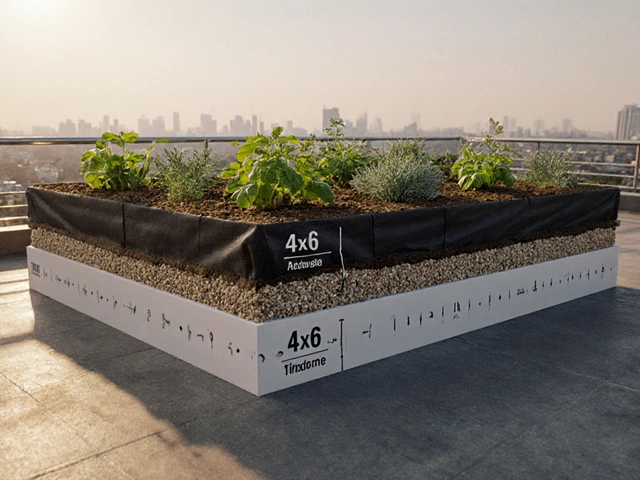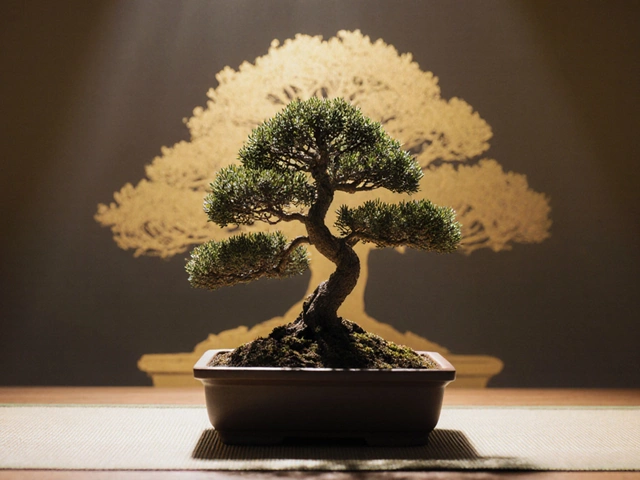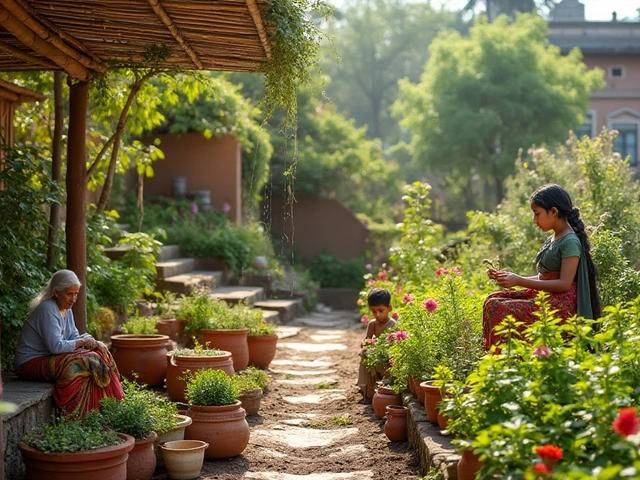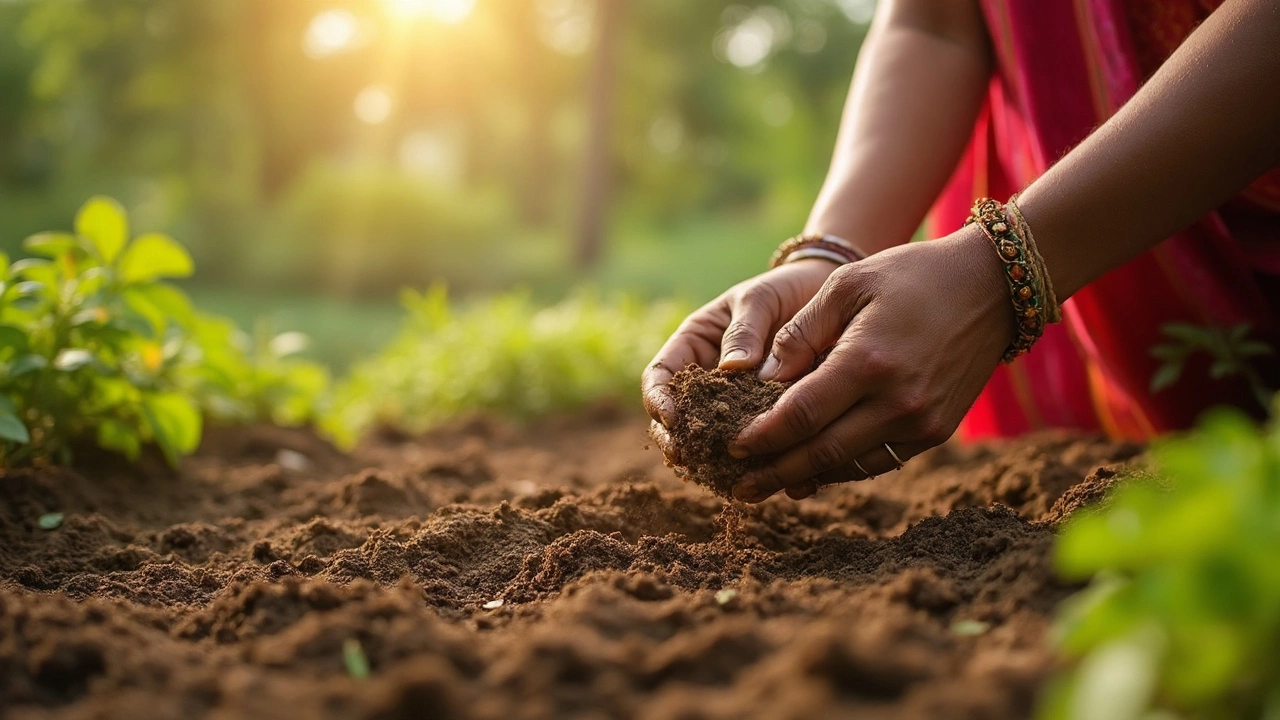How to Improve Old Soil: Easy Tips for a Revitalized Garden
If your garden beds feel hard, gray, or just don’t give good harvests, the soil is probably exhausted. The good news is you don’t need to replace it completely. A few everyday actions can turn tired ground into a thriving growing medium.
The first thing to do is add organic matter. Kitchen scraps, garden waste, and well‑rotted compost are gold. Spread a 2‑3 cm layer over the soil and work it in with a spade or tiller. This adds nutrients, improves structure, and feeds earthworms that naturally aerate the soil.
Boost Drainage and Loosen Compacted Soil
Old soil often gets compacted, especially in heavy clay areas. Mix in coarse sand or fine grit at a ratio of about one part sand to four parts soil. The sand creates tiny channels that let water move freely and roots breathe.
Another cheap fix is gypsum. It’s a natural mineral that breaks up clay particles without changing pH. Sprinkle 30 g per square meter, work it in, and water well. You’ll notice the soil becoming softer within weeks.
Balance pH and Add Nutrients
Many old soils become too acidic or alkaline, which blocks nutrient uptake. A simple home test kit can tell you the pH. If it’s below 6.0, add agricultural lime; if above 7.5, add sulfur. Follow the package directions for the amount.
After fixing pH, give the soil a nutrient boost with well‑rotted manure or a balanced organic fertilizer. Spread a thin layer and mix it in. This supplies nitrogen, phosphorus, and potassium that plants need for strong growth.
Mulching is often overlooked but works wonders. Lay straw, shredded leaves, or paper mulch on top of the beds. It keeps moisture in, suppresses weeds, and slowly adds organic matter as it breaks down.
Don’t forget about biochar. A handful of this charcoal‑like material mixed into the soil can hold nutrients and improve water retention. It’s especially helpful in sandy soils that drain too fast.
Lastly, invite beneficial microbes. A cup of liquid seaweed or compost tea sprayed over the soil can jump‑start the microbial community. Healthy microbes turn organic matter into plant‑available food.
Putting these steps together creates a simple routine: each season, add compost, test pH, and mulch. Over a year or two, the old soil will feel lighter, darker, and more productive.
Remember, soil improvement is a gradual process. You don’t have to do everything at once. Start with compost, watch the change, then add sand or gypsum as needed. Your garden will thank you with bigger, healthier plants.
Revitalize Your Garden: Proven Ways to Refresh Tired Soil Fast
Stop struggling with poor plant growth! Learn how to refresh old garden soil with step-by-step tips, simple science, and easy fixes for long-lasting results.
About
Gardening
Latest Posts


Victorian Terrace House: Key Features, Layout, and How to Spot One
By Alden Thorne Sep 9, 2025

Optimal Soil Depth for Rooftop Gardens - How Deep Should It Be?
By Alden Thorne Oct 23, 2025

What Is the Golden Rule of Bonsai? Explained
By Alden Thorne Oct 10, 2025

